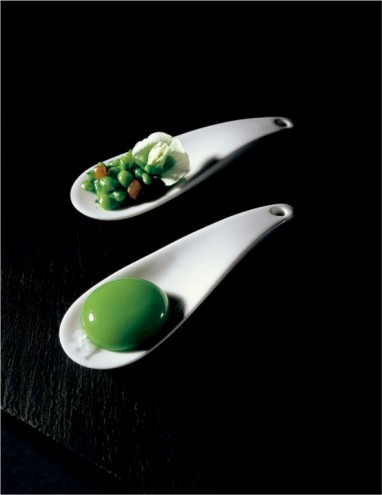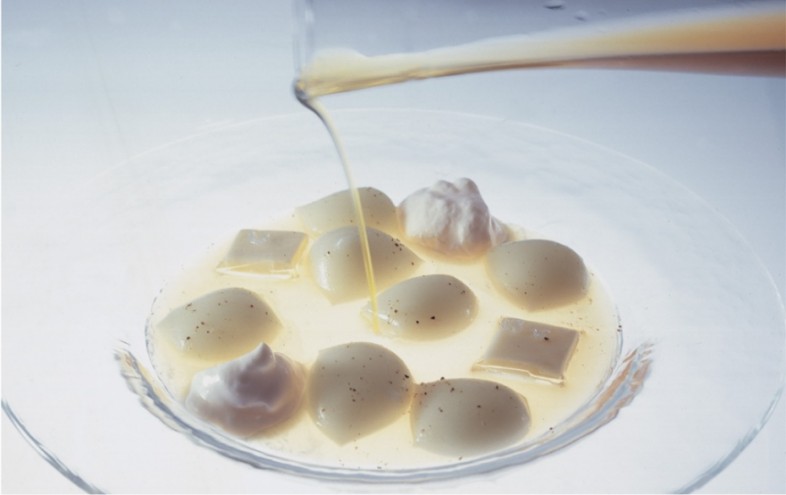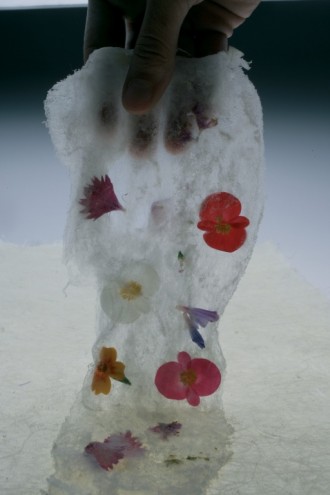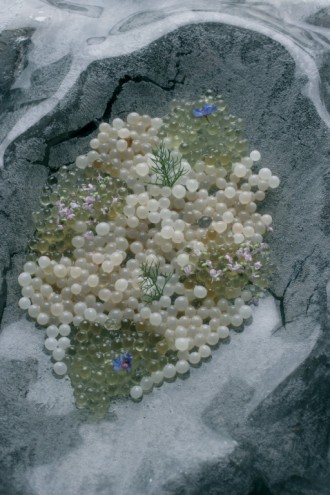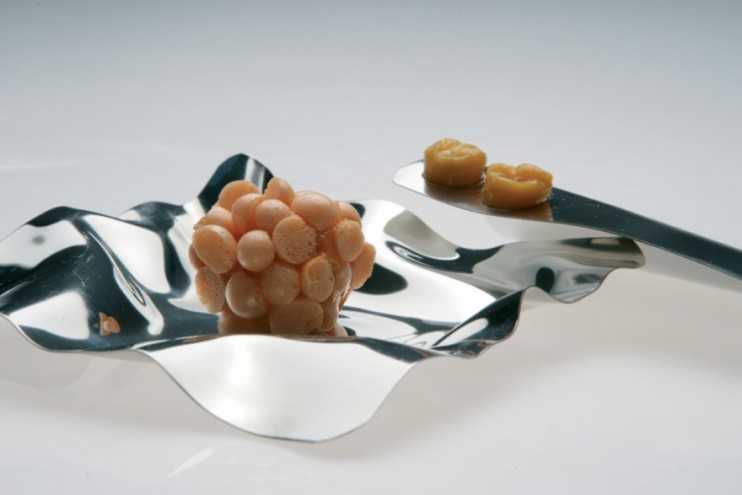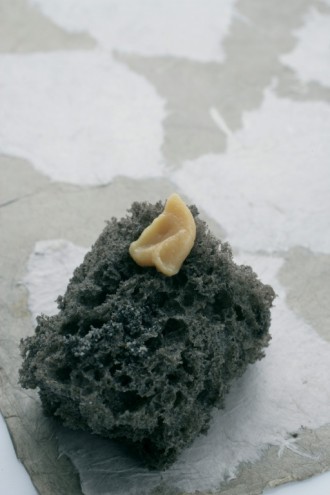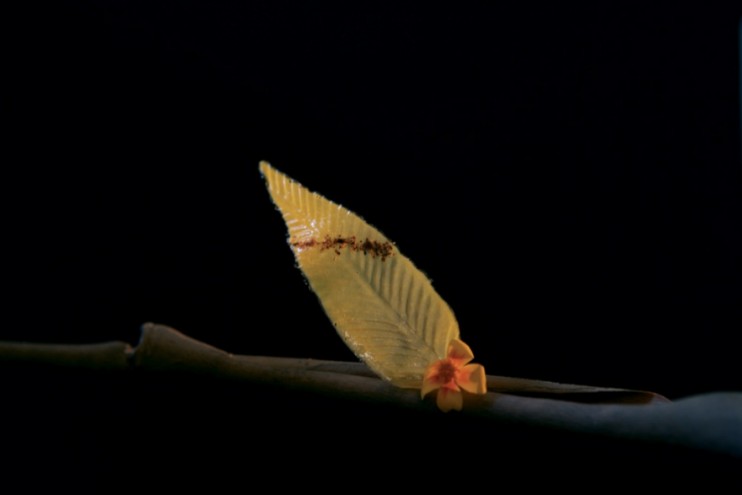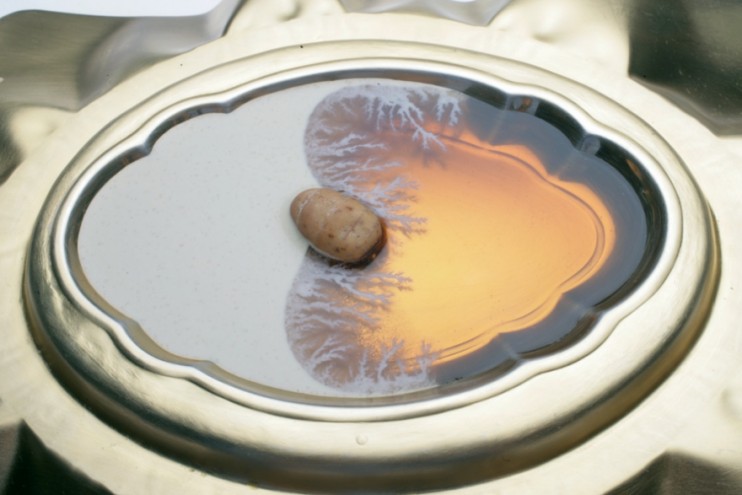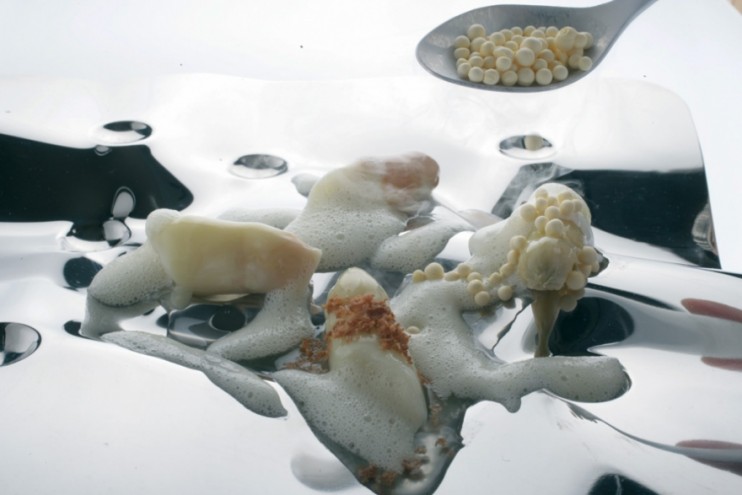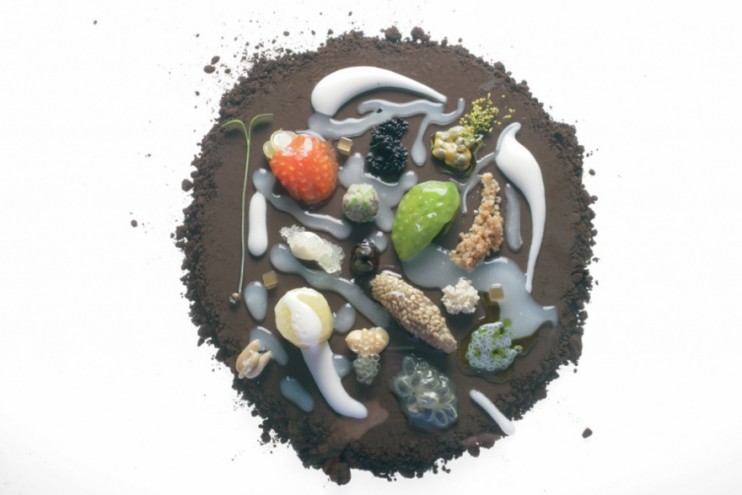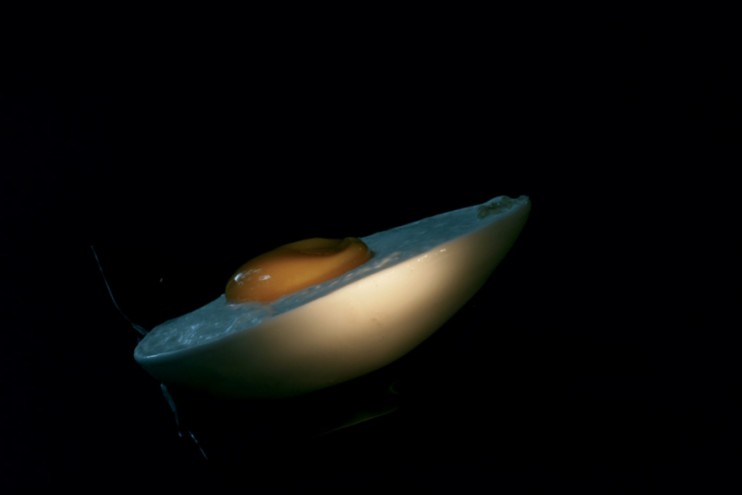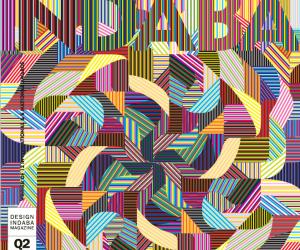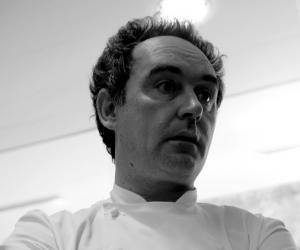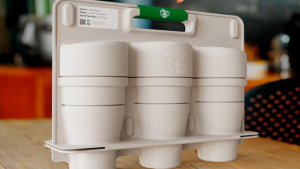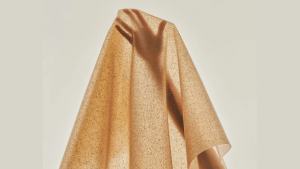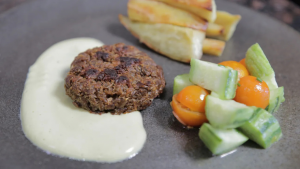First Published in
“The best definition I have for creativity...” Ferran Adrià pauses as his translator catches up with his heavily accented Catalanian. “Creativity is not to copy.”
For Adrià it’s as simple as that. El Bulli’s famous head is a self-described “vanguard chef”. People copy him. That basil foam on your tomato soup? Adrià invented that. And, unlike some designers, he loves the fact that his vision has been appropriated: “To make a sabayon, there was this long process, whisking it each time. Now any restaurant can just spray it out of a siphon!” he explains gleefully.
It’s a quiet morning after the helter skelter of Design Indaba 2009 and Adrià is relaxing at The Roundhouse in Camps Bay. Outside the window behind his head is a pomegranate tree, heavy with jewelled fruit. In front of him are simple wooden platters laden with stone-ground sourdough bread and slivers of traditionally cured meat and smoked salmon. “When I’m not working, this is how I like to eat,” he says, happily. As he tears at his croissant and talks with his hands, his shirtsleeves pull up, revealing seed and twine bracelets he has bought at a local market.
Despite the moniker “best chef in the world”, Adrià likes to get his hands dirty. One of his projects is called Fast Good (a play on fast food). He is trying to convince the Spanish to pay a little more for a take-away burger made with best quality ingredients and served with a warm smile. “Will they pay more? No,” he says with a shake of his head: “Something is wrong.”
He speaks often of gastronomy as more than simply feeding oneself – instead emphasising the kitchen’s “social global aspect”, and the fact that the concept of food is as inextricable from hunger or health as it is from pleasure. Working from a kitchen where dozens of chickens might be roasted for a tablespoon of intense juices, the inequalities in food distribution – and food appreciation – weigh on him. “There are two realms to consider,” he explains, “People who can’t eat, and people who need to learn how to eat.”
Although his concepts seem cerebral – solid soup, liquid ravioli, spherical sauces, parmesan jelly threads, tomato juice ice balloons filled with foam – Adrià is a dough-under-the-fingernails guy. His creative process is simple. First, interrogate everything: “For 25 years we have been asking ‘Why?’ at El Bulli. Everything – ‘Why?’ For breakfast you have coffee, then eggs. For lunch you have eggs, then coffee. Why?”
Then, “try everything”. The restaurant is closed for six months while the team of seven chefs works in two seven-hour shifts, developing ideas (also known as “fooling around”). Adrià bellows with laughter: “We don’t know what we’re doing!” There is no brief, except that every year they aim for “maximum change”. Harvard sent a team of five boffins to analyse how El Bulli spurs innovation. “They found,” Adrià says with a shrug, “no real strategy”. Adrià has been tinkering for decades – the success, he explains, “happens incrementally”. The most important thing is to keep the team tight, which isn’t hard: “People can’t leave. What would they do?” Nothing compares to El Bulli.
The final step in the creative process is to take the things that work and do them. Eating at El Bulli is a sublime experience. “There you have 70 people working for 45 people. You can’t reproduce El Bulli.” Adrià gets worked up as he describes the pressure, “There is a level of demand from your clients that is surreal.” Most diners are blown away, but a few people hate eating there. You see, what you get on your exploding-mercury-puddle plate (or in your pipette, or arranged as puffs of cottonseed on a twig) is not what is commonly thought of as food.
We have a deep-seated aversion to seeing things we’re expected to chew and swallow presented in unfamiliar ways. The lizard brain – that part of our consciousness that’s stopped us mistakenly wiping out the human race by eating odd, poisonous pseudo-foods – does not trust it. But then Adrià loves playing with what he calls “the psychological palate”. This is the understanding we have from years of cultural, social and empirical experience that water, for example, is cool, it’s clear, it’s smooth, it’s tasteless. Probably not, if you’re drinking it at El Bulli. “You can’t go to El Bulli expecting a reference point,” says Adrià.
Adrià’s dishes often resemble something they are not: a Brazilian cocktail, the caipirinha, is presented as a jelly square, a martini is served in an atomiser like a perfume, starters look like science experiments, desserts look like bonsai. Perhaps most striking about Adrià’s work is his playfulness with texture. There’s something primal and thrilling about looking at something visually exciting and wondering what it would feel like in your mouth. With Adrià’s designs, you’re free to go ahead.
Adrià is known for his deconstructions of basic traditional foods – devising the “perfect” Spanish tortilla, for example. “Our dream is to create the first omelette,” he muses, grandly. So, is his food simple or is it complicated? “It’s like life,” he says, smiling, “it depends on how you look at it”.
But what about serving food that hasn’t been broken down and completely rebuilt? How about serving it the way nature intended? “That’s a dumb debate!” storms Adrià. “What’s natural? To make champagne you destroy the grape and create a fantastic product. Vichyssoise? The cold potato soup? That’s super manipulated. So what’s the truth?”
The “truth” is something worth striving for. The way Adrià describes it, his multi-sensorial dishes have an enviable purity and integrity as design works. His creations are ephemeral but deeply engaging and transforming, like much of the world’s greatest art. “There are no intermediaries, no gallerists, between the chef and the consumer. The products we work with are alive, not glass or steel. And the person who receives it destroys the work.”

